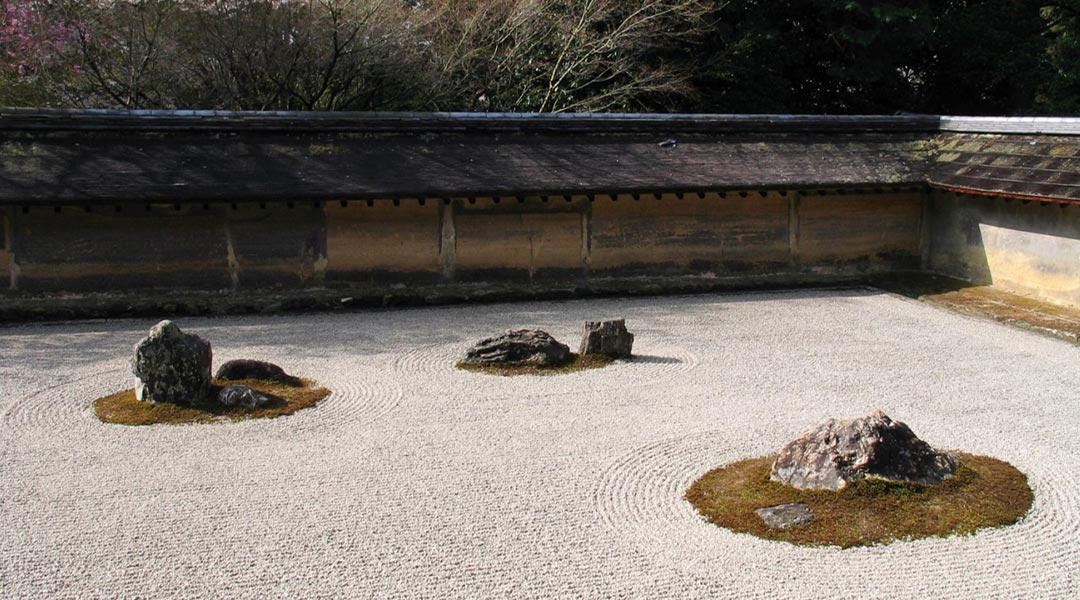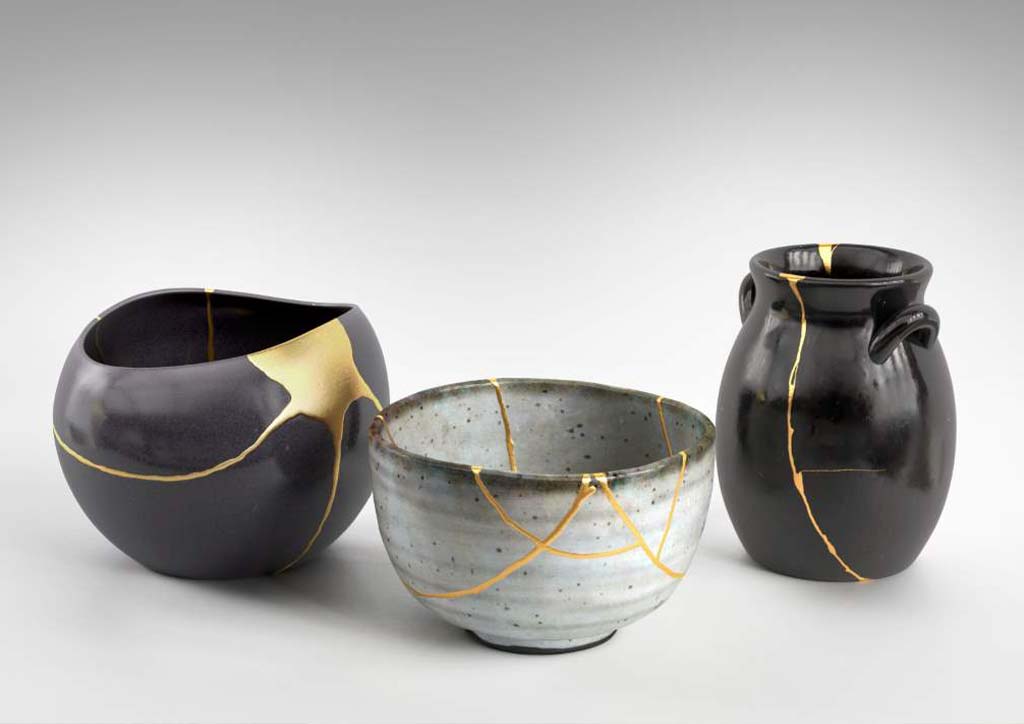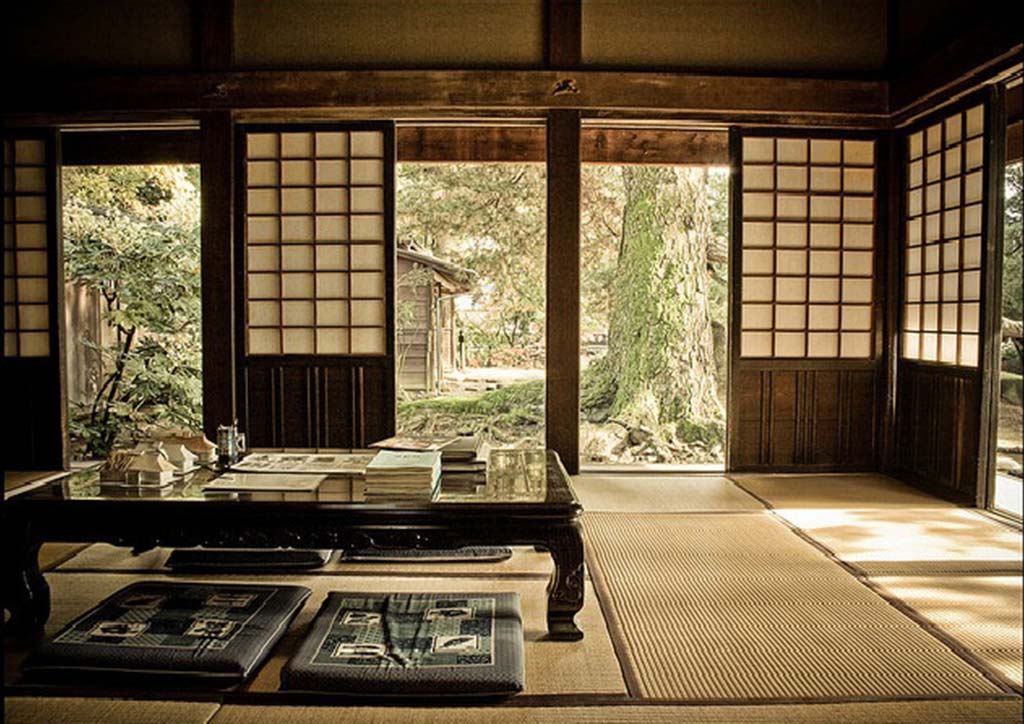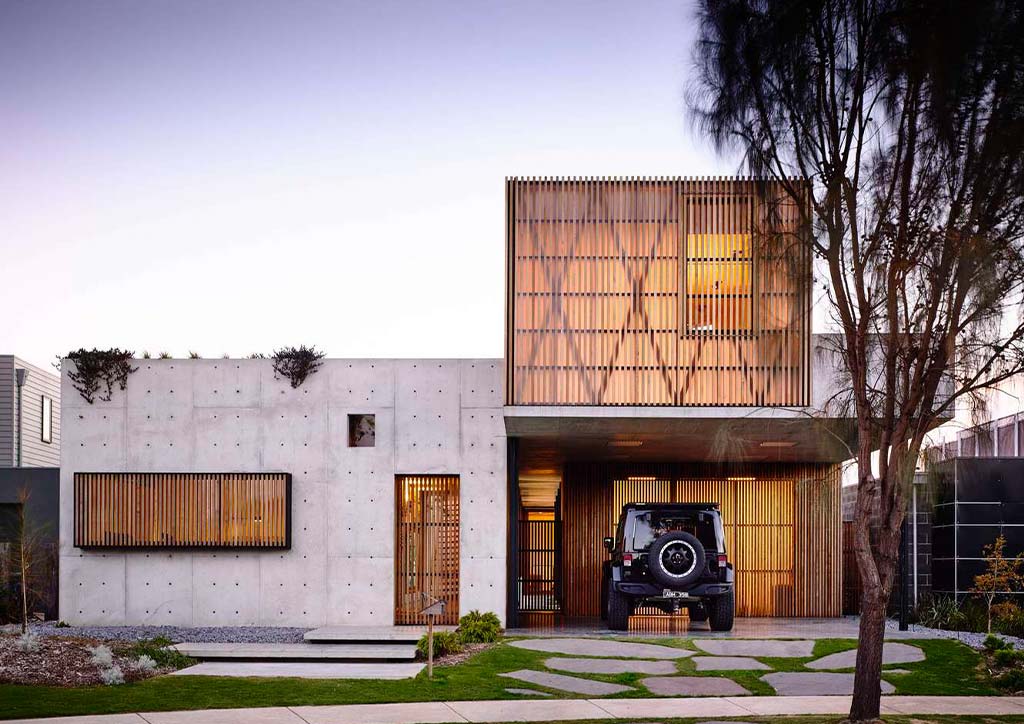
Japan is one of the most famous destinations in the world. For many travelers, visiting Japan is certainly in the bucket list. When asked why, the common answers will be its remarkable scenery, its distinct architecture, the delicious fresh cuisine, and their respectful culture. The Japanese are known for their precision in details and how they give value to the things they do or have. One concept that is very familiar to all is the kintsugi. It is the Japanese art and technique of fixing broken pottery with gold, making something imperfect into something exquisite and valuable. This is a part of a wider Japanese philosophy called Wabi-Sabi.

Wabi, Sabi and The Tea House
Originally, Wabi-Sabi is two words with two different meanings that over time have been associated together like the word ping-pong. “Wabi” is from the root “wa” which refers to harmony, peace, tranquility, and balance. It plainly connotes imperfection and simplicity. On the other hand, “Sabi” by itself means “bloom of time”. It is expressed by the effect of time on an object. Japanese architect, Tadao Ando, describes it together as the art of finding beauty in imperfection in nature and of accepting the natural cycle of growth and decay.
Historians would say that the most representative example of the wabi-sabi structure is the tea house. With its design and construction showing simplicity and imperfection, Sen no Rikyū, one of Japan’s earliest known tea masters has seen the need for simplicity and changed how the luxurious tea ceremony was done. From showing off the expensive possessions to focusing only on the communion between two people. In this case in point, Wabi-Sabi is not just a philosophy of simplicity but a way of a more modest life.

Beyond Minimalism
In modern architecture, designers always associate Wabi-Sabi with minimalism. But it goes beyond that. It is beyond a spacious, almost empty room. Andrew Juniper, in his book, “Wabi-Sabi: The Japanese Art of Imperfection”, he gave some ideas on the design principles of the Wabi-Sabi approach. As a start, design should focus on being “back to basics” – simple, no embellishments, no vulgar display of luxury, wealth, and possessions. It aims only to keep things that are essential to a calm and happy spirit. Keeping belongings to a minimum through having only things that bring nostalgia, beauty, and function into a home. Wabi-Sabi is also about irregularity, asymmetry, and transience. And as this concept heavily connects with the earth and its energy, the use of natural materials and colors should be applied. These approaches will give deeper meaning for the ones who will live in the space and again, good architecture means catering to the totality of the user experience.


Perfect imperfect, two contrasting words but an accurate description of the Wabi-Sabi concept. To translate the design concept to a tangible environment is not about just adding or eliminating elements or making details perfect but finding harmony in authenticity and imperfection, that will also promote an overall sense of peace and tranquility. It is creating spaces for a simpler life of care and appreciation.


